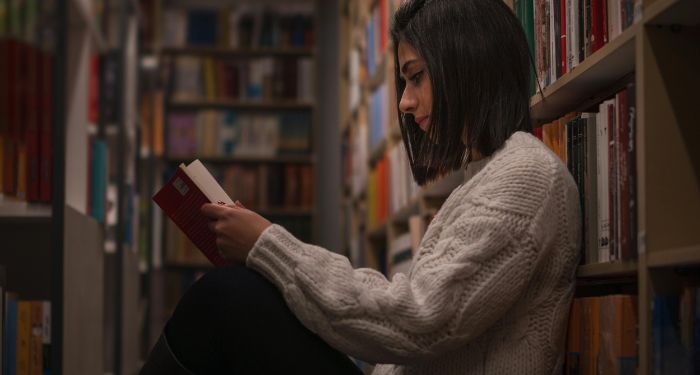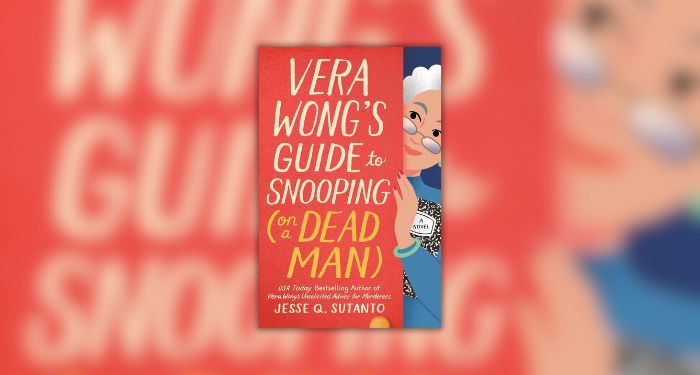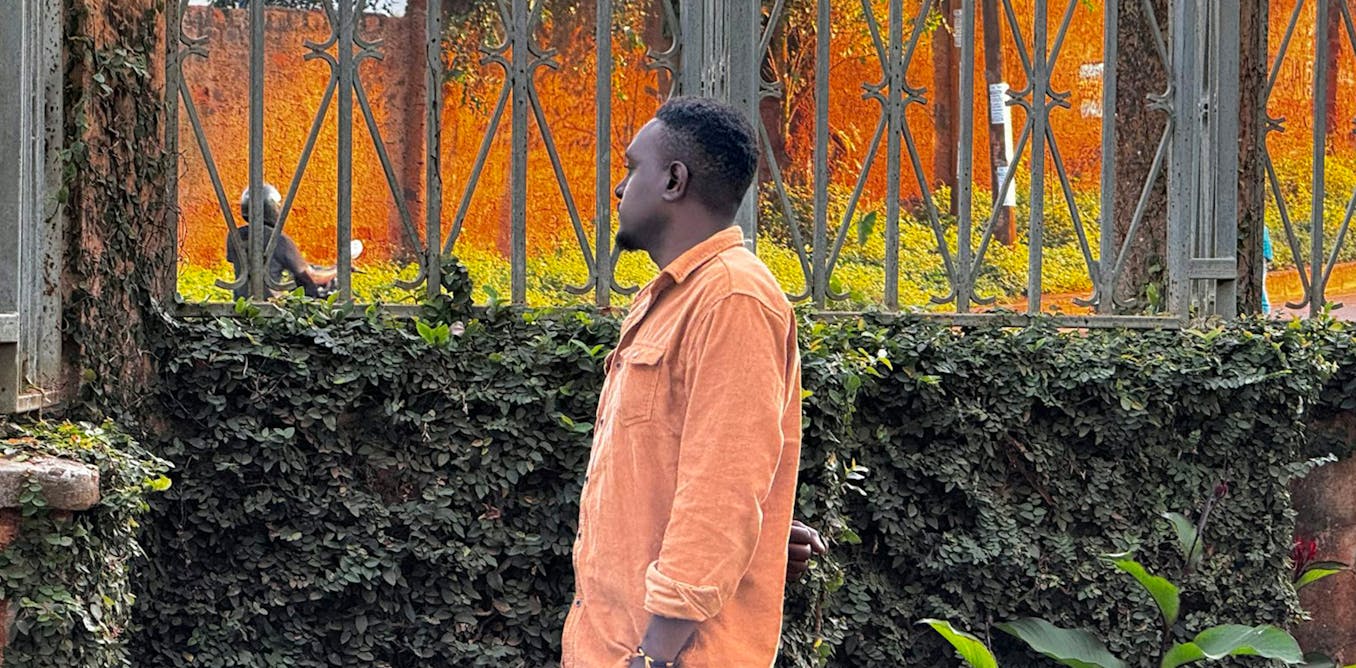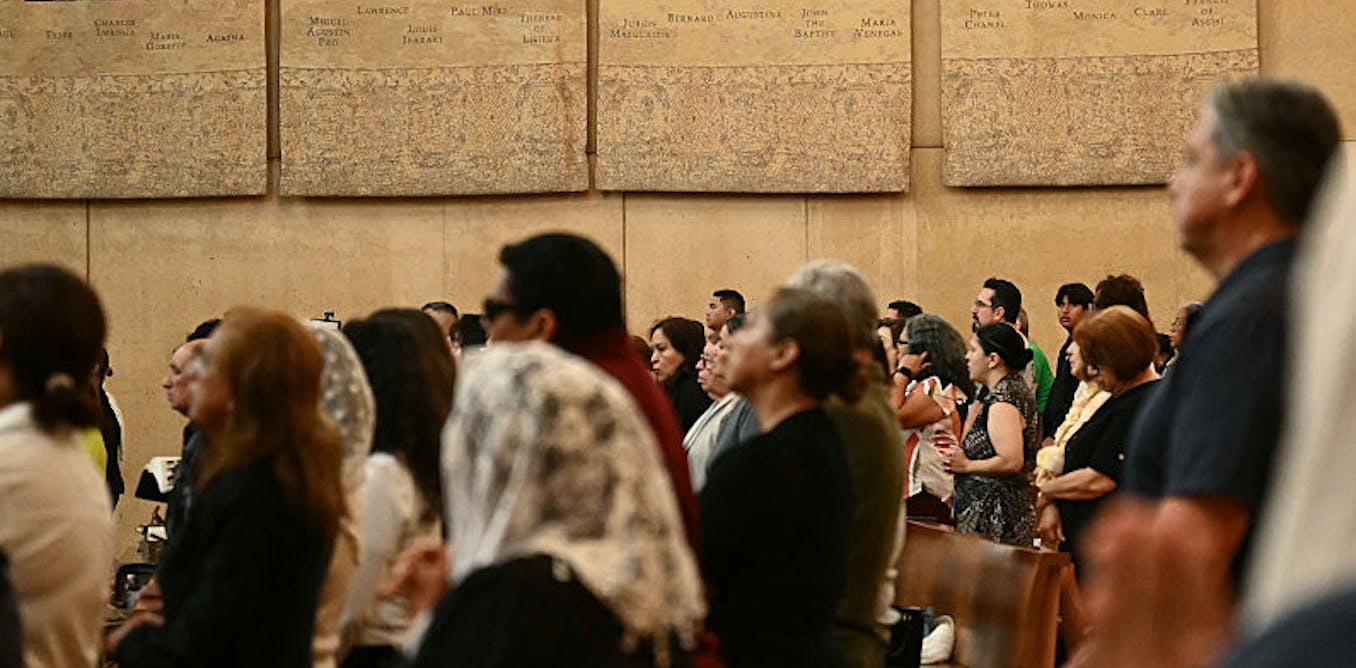Now Reading: A new pope is chosen: A look back on the jostling for the papacy and the conclave’s history
-
01
A new pope is chosen: A look back on the jostling for the papacy and the conclave’s history
A new pope is chosen: A look back on the jostling for the papacy and the conclave’s history
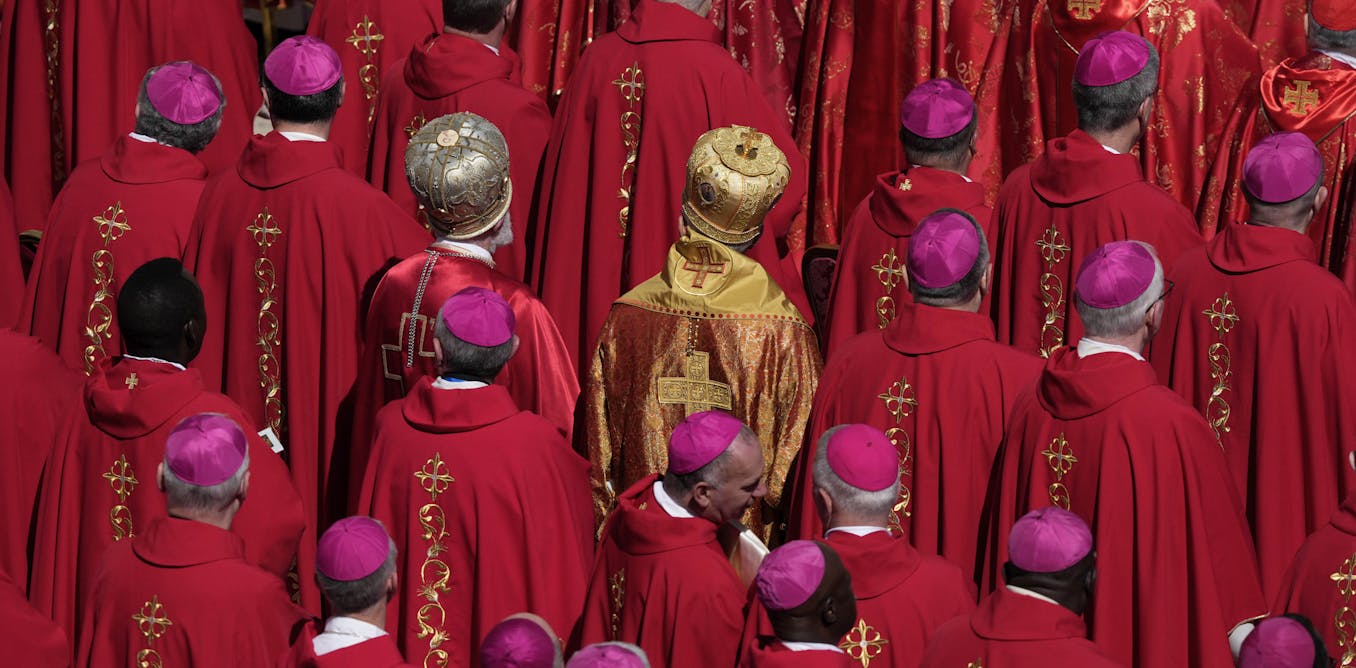
Cardinal Robert Prevost of the United States has been chosen as the new pope, succeeding Pope Francis and adopting the name Pope Leo XIV. He was elected through the ancient papal conclave ritual, where 135 eligible Cardinal Electors of the Catholic Church secluded themselves to select the new pope in isolation. The conclave involved multiple rounds of voting until one candidate obtained a two-thirds majority.
The process of electing a new pope, known for its secrecy, involves the burning of ballots mixed with a chemical that produces either black or white smoke from the Sistine Chapel’s chimney. The sight of white smoke signals the election of a new pope, sparking cheers and festivities. This marked the beginning of a new papal era when Pope Leo was elected on May 8, 2025.
The history of the conclave reveals the dual nature of the papacy as a religious and political entity. The pope serves as the supreme leader of the Catholic Church and the monarch of Vatican City, holding significant influence over both realms. Throughout history, popes have played pivotal roles in European and global politics, shaping diplomatic relations and even territorial divisions.
The conclave represents a period of upheaval in the political landscape, known as the sede vacante, where the traditional order is temporarily disrupted. During this time, factions vie for power and influence, engaging in strategic maneuvers to secure their preferred candidate as the next pope.
While the methods of selecting a pope have evolved over time, the significance of the papal election remains paramount, impacting not only the Catholic Church but also global affairs. The announcement of a new pope symbolizes a new era of leadership and direction for the Vatican City and the broader Catholic community.


